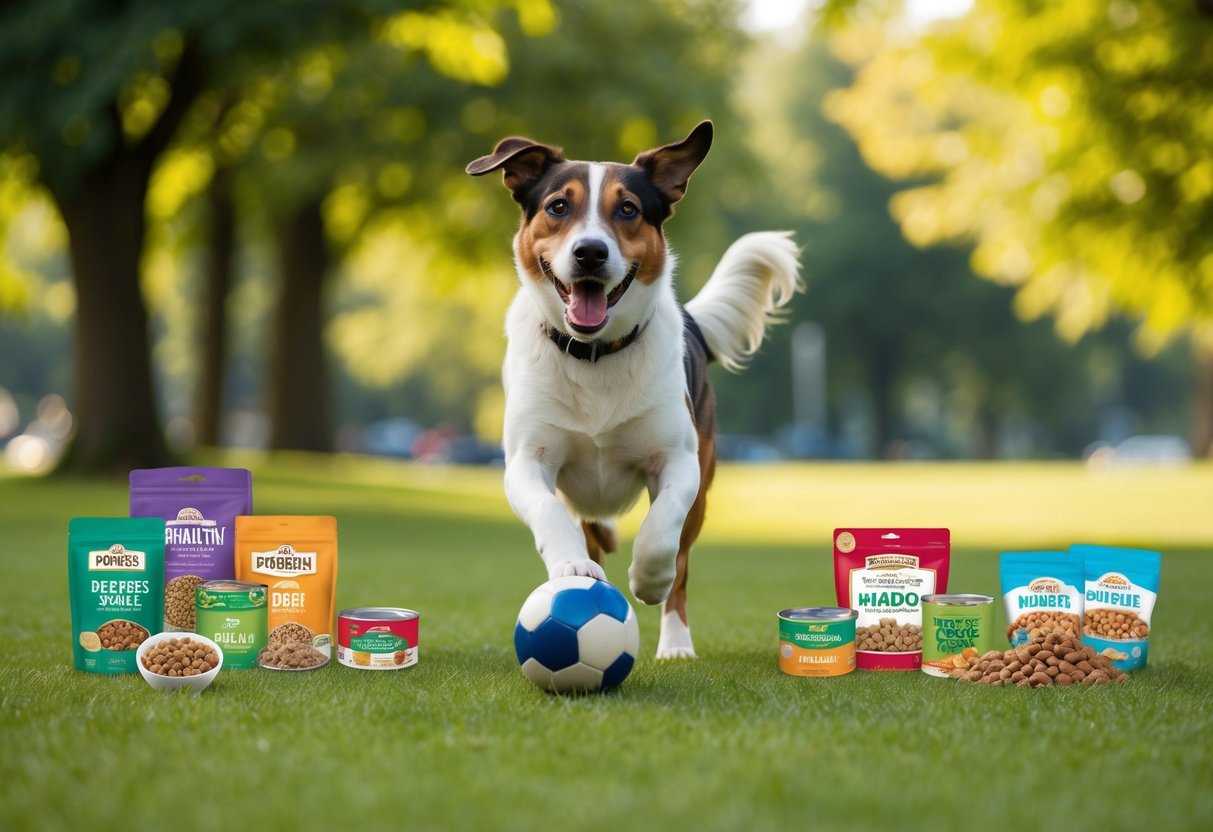
Caring for a pet involves more than just providing food and shelter. Ensuring a balanced lifestyle is crucial to keep them healthy and content. A combination of proper exercise, a nutritious diet, and mental stimulation is essential for a pet’s well-being. These components work together to support their physical health, mental sharpness, and emotional happiness.
Exercise plays a significant role in maintaining a pet’s health. Regular physical activity helps prevent obesity and strengthens muscles and joints, reducing the risk of injuries. It’s important to tailor exercise routines to match the breed, size, and energy level of the pet to ensure they are getting the appropriate amount of activity daily.
Nutrition is another pillar of a balanced lifestyle. Providing balanced meals with the right portion sizes and nutrients is essential. It’s advisable to consult with a veterinarian to establish dietary plans that suit each pet’s specific needs and ensure their diet supports both growth and overall health. Incorporating games and new learning experiences can enhance a pet’s mental acuity, providing them an outlet for curiosity and reducing boredom.
Understanding Your Pet’s Needs
Knowing the essentials of pet health and the significance of a balanced lifestyle can greatly enhance a pet’s quality of life. Pets thrive with proper nutrition, regular exercise, and mental challenges tailored to their unique needs.
Essentials of Pet Health
Each pet has specific health requirements. Size, breed, and age influence dietary needs. Younger pets, for instance, may require high-energy foods, while older ones might benefit from age-specific diets. Veterinarians can offer guidance on what’s best.
Regular check-ups with a veterinarian are crucial. These visits help catch potential health problems early. Vaccinations and preventative treatments, like heartworm medication, are also essential aspects of maintaining pet health.
Hygiene is important too. Routine grooming, dental care, and maintaining a clean living environment are vital habits. These measures prevent infections and contribute to the pet’s overall wellbeing.
Significance of a Balanced Lifestyle
A balanced lifestyle enhances a pet’s quality of life. Physical activity is not just about using up energy but also about supporting mental health. Dogs might enjoy walks or fetch, while cats may prefer interactive toys.
Mental stimulation is equally important. Engaging a pet’s mind through puzzles or training exercises promotes mental agility. This helps in preventing behavioral issues caused by boredom or frustration.
Social interaction, whether with humans or other animals, contributes significantly. It aids in developing social skills and reduces anxiety. Balancing physical, mental, and social activities ensures a holistic approach to pet care, enriching their lives.
The Role of Exercise in Pet Wellness
Exercise plays a crucial role in maintaining pet health, ensuring they remain physically fit and mentally sharp. It helps reduce obesity, improve cardiovascular health, and boost mental well-being.
Benefits of Regular Exercise
Regular exercise provides multiple benefits for pets, contributing to a healthier lifestyle. Physically, exercise helps in weight management, reducing the risk of obesity-related illnesses such as diabetes. It strengthens muscles and joints, enhancing overall mobility and reducing the risk of arthritis.
Mentally, exercise stimulates the mind, reducing stress and anxiety. Pets that engage in regular physical activities are more likely to display positive behaviors and have improved moods. Exercise also fosters stronger bonds between pets and their owners, creating a foundation of trust and companionship.
Types of Exercise for Pets
Different pets require different types of exercise due to variations in size, breed, and age. For dogs, walking, running, or playing fetch provides effective physical activity. Certain breeds may benefit from agility training or swimming to build endurance. Cats enjoy short bursts of play, such as chasing toys or climbing structures.
Smaller pets like rabbits may enjoy time in a secure outdoor area, allowing for natural movements. Birds benefit from flight time outside their cage, while even fish can enjoy environmental enrichment with strategically placed objects in their tanks. Each exercise type should be tailored to suit the pet’s specific needs and limitations.
Incorporating Exercise into Daily Life
Integrating exercise into a pet’s daily routine can be achieved with a bit of planning and consistency. Short, frequent walks or play sessions can easily fit into busy schedules. Rotating toys and introducing new activities can prevent boredom and stimulate curiosity.
Flexibility is key, adjusting to weather conditions or the pet’s current energy levels. Incorporating training exercises or engaging in interactive games further enhances mental and physical stimulation. Encouraging participation from all family members ensures that pets receive enough exercise, while also strengthening familial bonds. Prioritizing daily activity keeps pets happy and healthy.



